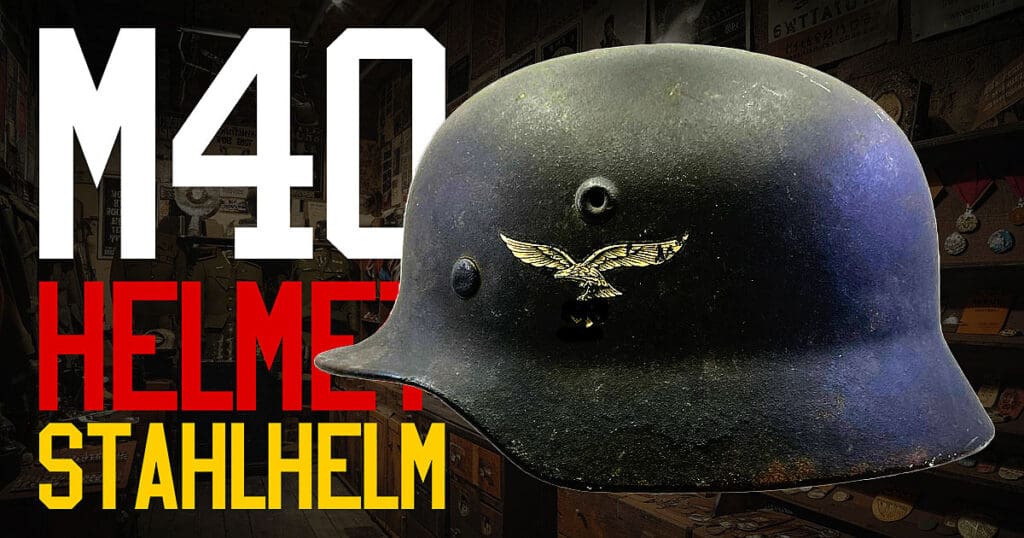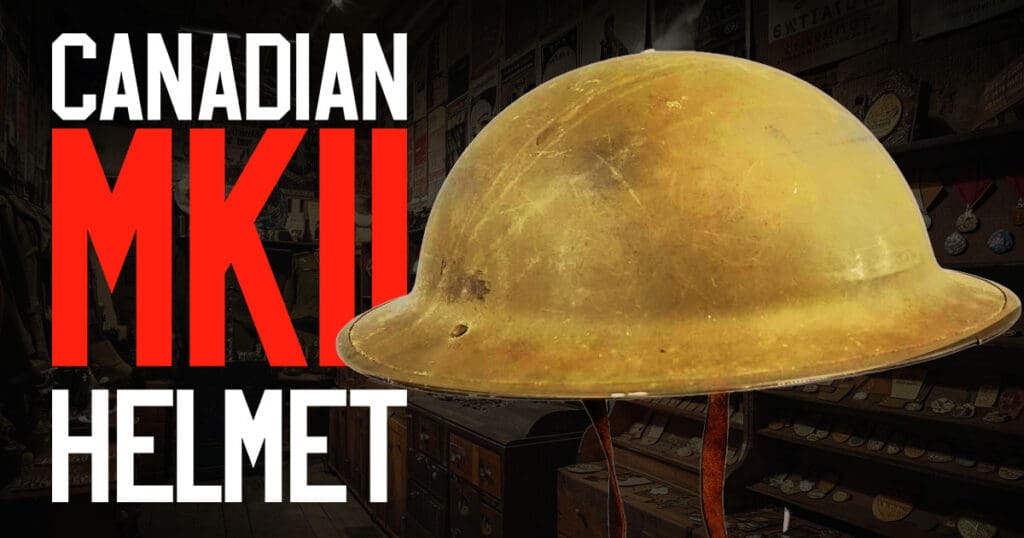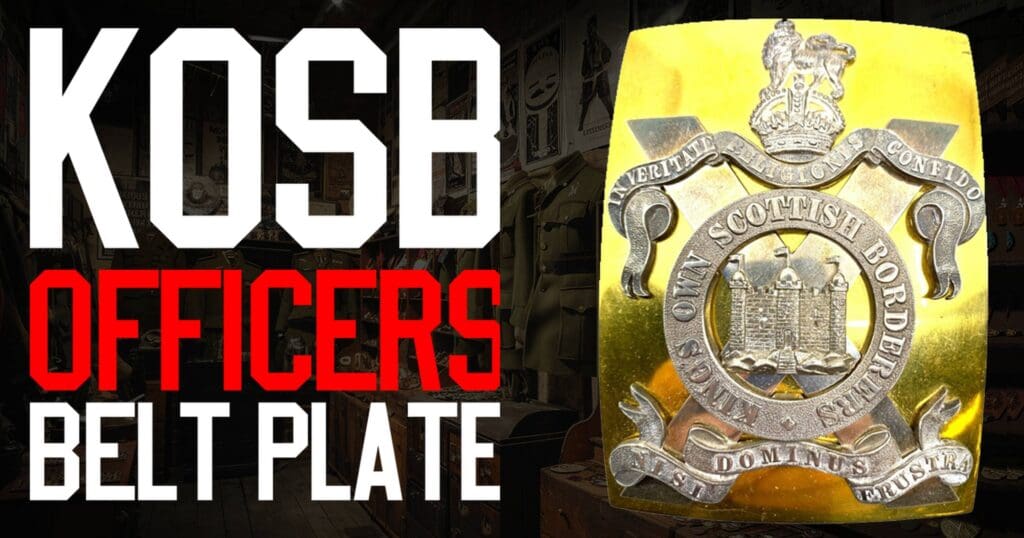The British 1750 Cavalry Carbine is a fascinating piece of military history, especially when tied to the Royal Welsh Fusiliers during the Revolutionary War and the War of 1812. This flintlock firearm, crafted by Ludlum, showcases the evolution of military technology and strategy. Its significance lies not only in its design but also in the pivotal roles it played in key historical conflicts.
Background of the British 1750 Cavalry Carbine
The British 1750 Cavalry Carbine was developed during a period of intense military innovation. The mid-18th century saw the British Army refining its cavalry tactics and equipment. This carbine was designed to be shorter and lighter than infantry muskets, making it ideal for mounted troops. The Royal Welsh Fusiliers, a regiment with a storied history, were among the units equipped with these carbines. Their involvement in the American Revolutionary War and the War of 1812 highlighted the carbine’s practical use in various terrains and combat scenarios.
The Role of the British 1750 Cavalry Carbine in Historical Conflicts
The British 1750 Cavalry Carbine was not just a weapon but a symbol of the changing nature of warfare. During the American Revolutionary War, it provided the Royal Welsh Fusiliers with a tactical edge, allowing for greater mobility and rapid firepower. In the War of 1812, the carbine continued to serve British forces, reflecting the adaptability and resilience of British military technology. These conflicts underscored the carbine’s importance in both skirmishes and larger battles, cementing its place in military history.
Craftsmanship and Design: The Making of the Ludlum Flintlock Carbine
The Ludlum Flintlock Carbine is a testament to 18th-century craftsmanship. Constructed with a sturdy wooden stock and iron fittings, the carbine was designed for durability and ease of use. Its flintlock mechanism was a significant advancement, providing reliable ignition of the gunpowder. The carbine’s shorter barrel made it easier to handle on horseback, a crucial feature for cavalry units. Each component of the carbine was meticulously crafted, reflecting the high standards of British arms manufacturing.
The British 1750 Cavalry Carbine in Perspective
The development of the British 1750 Cavalry Carbine marked a significant shift in military technology. Prior to its creation, cavalry units often struggled with cumbersome long guns. The carbine’s introduction allowed for a more agile and responsive cavalry force. This innovation was part of a broader trend towards specialization in military equipment, where different units were equipped with weapons tailored to their specific roles. The carbine’s design influenced future developments in military firearms, paving the way for more advanced cavalry weapons.
Field Applications: How the British 1750 Cavalry Carbine Was Used
The British 1750 Cavalry Carbine saw extensive use in various military engagements. Its primary users, the Royal Welsh Fusiliers, employed the carbine in both offensive and defensive operations. The carbine’s portability made it ideal for reconnaissance missions and quick strikes. In battle, it provided cavalry units with the firepower needed to disrupt enemy lines and support infantry assaults. The carbine’s versatility made it a valuable asset in the British Army’s arsenal.
The British 1750 Cavalry Carbine Today
Today, the British 1750 Cavalry Carbine is a highly sought-after collector’s item. Its historical significance and craftsmanship make it a prized possession among antique firearm enthusiasts. The carbine’s association with notable regiments like the Royal Welsh Fusiliers adds to its allure. Collectors value the carbine for its rarity and the stories it carries from pivotal moments in history. Its market value reflects both its condition and provenance, with well-preserved examples fetching high prices at auctions.
Key Insights and Takeaways
- The British 1750 Cavalry Carbine was developed during a period of military innovation.
- It was used by the Royal Welsh Fusiliers in the American Revolutionary War and the War of 1812.
- The carbine’s design featured a flintlock mechanism and a shorter barrel for cavalry use.
- Its development marked a shift towards specialized military equipment.
- The carbine provided tactical advantages in mobility and firepower.
- Today, it is a valuable collector’s item due to its historical significance.
- Its craftsmanship and historical context make it a prized possession among enthusiasts.
Reflecting on the British 1750 Cavalry Carbine
The British 1750 Cavalry Carbine is more than just a weapon; it is a window into the past. Its design and use by the Royal Welsh Fusiliers highlight the evolution of military strategy and technology. As a collector’s item, it continues to captivate those who appreciate the rich history embedded in its craftsmanship.





